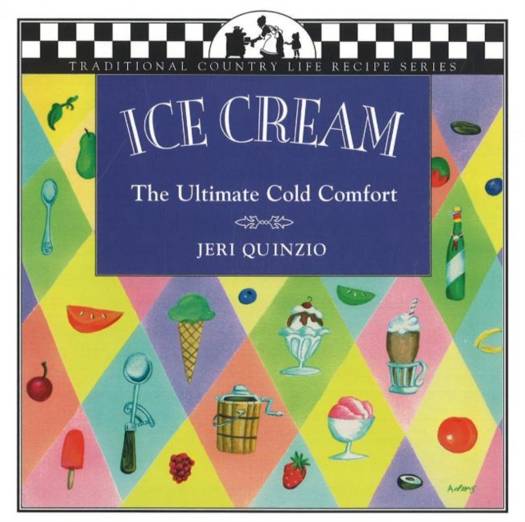
- Retrait gratuit dans votre magasin Club
- 7.000.000 titres dans notre catalogue
- Payer en toute sécurité
- Toujours un magasin près de chez vous
- Retrait gratuit dans votre magasin Club
- 7.000.000 titres dans notre catalogue
- Payer en toute sécurité
- Toujours un magasin près de chez vous
Description
"The discovery of a new dish does more for human happiness than the discovery of a star," the noted gourmet Brillat-Savarin once wrote. If that's so, the discovery of ice cream must be worth a whole galaxy. And the name of the discoverer should be emblazoned in the heavens. The trouble is, we don't know who made that first dish of vanilla, strawberry or triple chocolate chunk ice cream. That may explain why there are candidates for the honor all over the world. Some give the ancient Romans credit for inventing ice cream, but although they did send their slaves off to the mountains to get snow, they didn't make ice cream with it. They poured syrup on it and ate it, or they used it to chill their wines or fruit. Others say Marco Polo brought ice cream back to Italy from China. He didn't. The Chinese and the Europeans developed their ice creams separately.In the Arab world, snow and ice were combined with fruits and a sweetener -- usually honey or sugar -- to make a chilled drink called a sharbât. The word led to the English sherbet, the French sorbet, the Italian sorbetto and the Spanish sorbete. But a sharbât was and still is a drink. The most-told story is that Catherine de Medici brought ices from Italy to France in the 16th century when she married the future king Henry II. The reality is that ices didn't appear in France for another century, and French confectioners said they had to go to Italy to learn how to make them.
At the turn of the twenty-first century, Americans were eating 23 quarts of ice cream per person, per year, more than any other country. Vanilla was America's favorite flavor, with chocolate coming in second. The health issues associated with ice cream were no longer colic and cold stomachs; they were fat and cholesterol. Nevertheless, premium and super-premium ice cream sales were growing, and low-fat ice cream sales were shrinking. Manufacturers were researching the possibility of adding Omega-3 fatty acids to ice cream to give it the health benefits associated with salmon. With all the premium ice creams on the market today, why make your own? Because it's easy and it's fun. You don't need ice and salt for today's ice cream makers, and they're affordable and simple to use. You control the ingredients so you know exactly what's in your ice cream. No guar gum or salmon required. You can use your imagination, experiment with flavors and add your own chunky bits. You, like me, can make ice cream that's parfaite. Jeri Quinzio is a freelance writer and past president of the Culinary Historians of Boston. Jeri has contributed to the Radcliffe Culinary Times and Gastronomica.
Spécifications
Parties prenantes
- Auteur(s) :
- Editeur:
Contenu
- Nombre de pages :
- 114
- Langue:
- Anglais
- Collection :
Caractéristiques
- EAN:
- 9781883283360
- Date de parution :
- 31-10-13
- Format:
- Livre broché
- Format numérique:
- Trade paperback (VS)
- Dimensions :
- 203 mm x 202 mm
- Poids :
- 254 g







